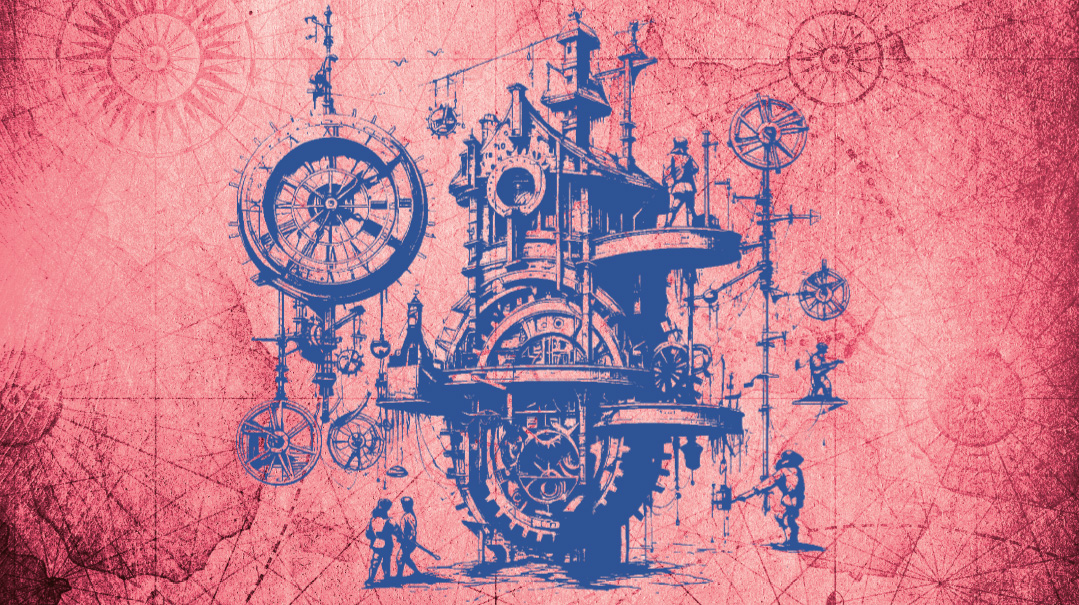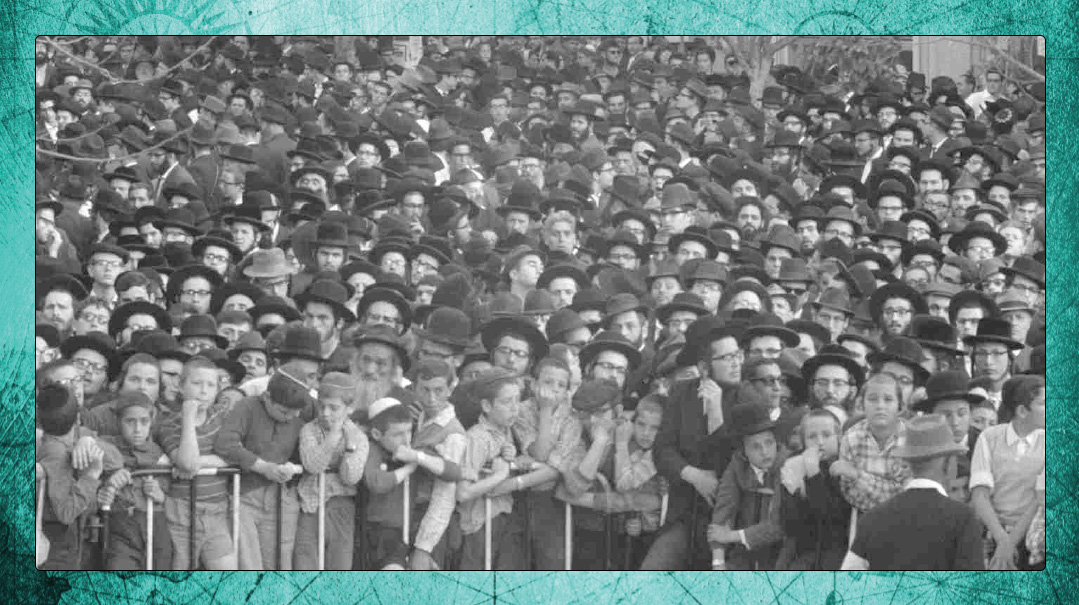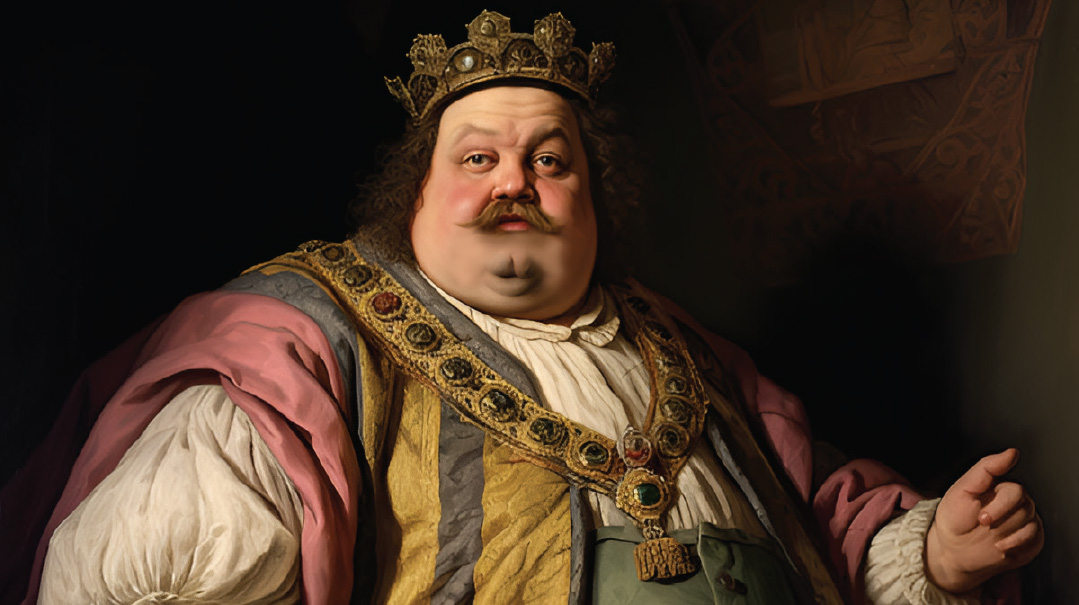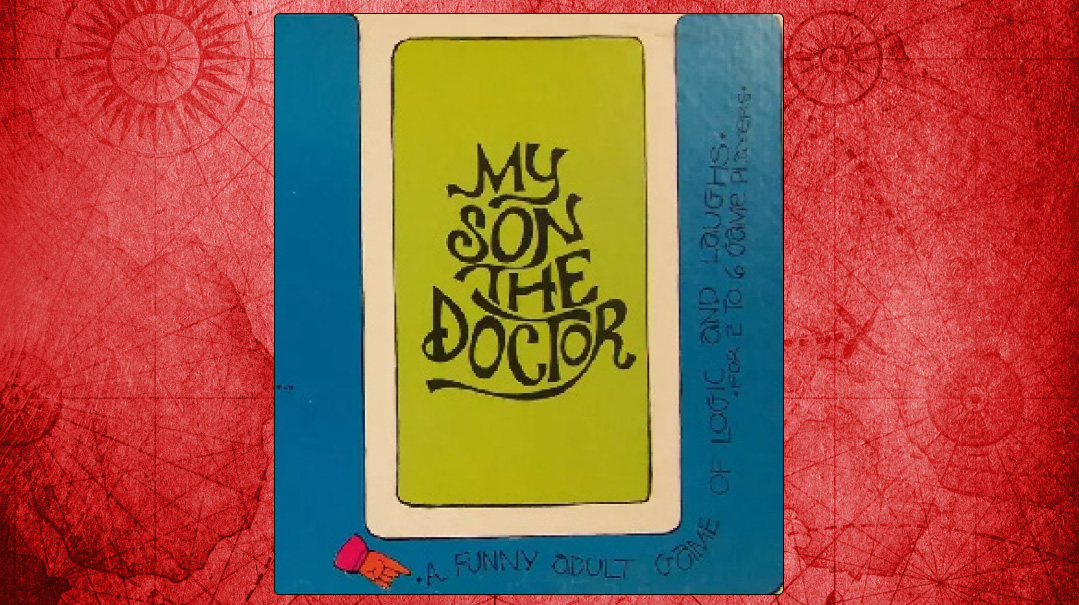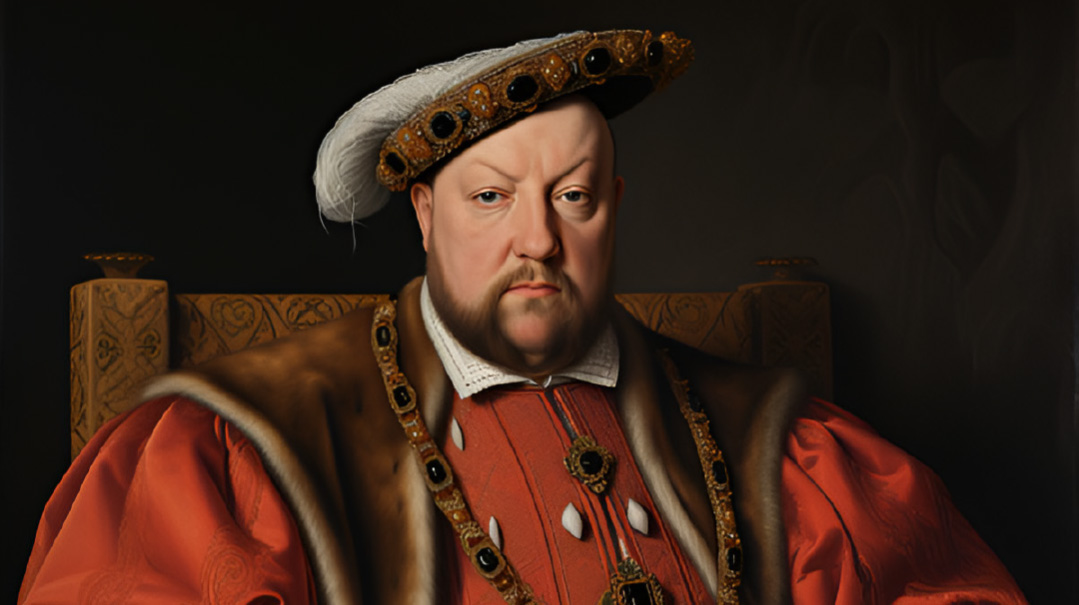Stalin’s Poison Pill

Was Stalin's move to crush the Jews simply a violent spasm of anti-Semitism, or the far-reaching endgame of a cunning mind?
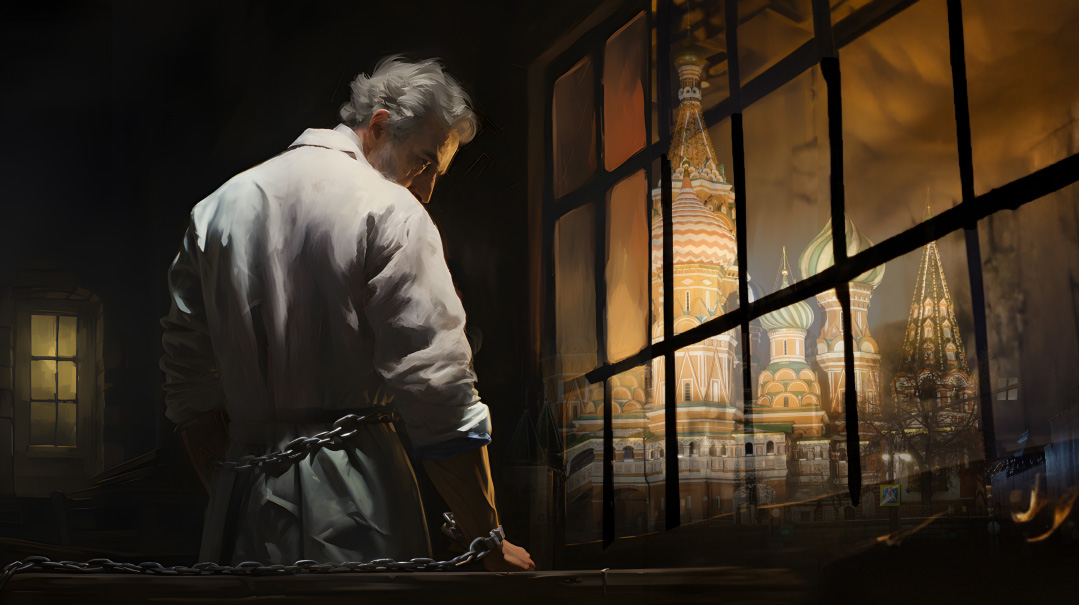
S omewhere in the vast kingdom of sadness that was Stalin’s gulag, Purim night of 1953 arrived and found a group of Jewish prisoners gathered around to hear the Megillah. At their head, prison garb obscuring his rabbinic pedigree, sat an inmate, later famous as the “Rabbi of the Russians” — Rav Yitzchak Zilber, who risked all to teach Torah in defiance of Soviet oppression.
As the story of salvation in ancient Persia was retold, an embittered prisoner called Isaac Mironovich found the mockery of a Purim too much to bear.
“Who needs your maasehs about what happened 2,500 years ago?” he burst out, almost lunging at the Megillah reader. “Tell me, where is your G-d today? Do you know what is about to happen to the Jews of the USSR? The Germans finished off six million — here they’re about to be done with another three!”
A shocked silence fell on the group as Mironovich’s words hit home. It was the height of the so-called “Doctors’ Plot.” Russia’s top medical experts — the majority of them Jewish — had recently been accused of attempting to kill the Kremlin leadership in the service of American and British intelligence. The impending show trial of the doctors was expected to be followed by the deportation of vast numbers of Jews who would disappear into the ravening maw of the Soviet labor camp system.
Even in this isolated prison, rumors of that fate were rife: the personnel departments said to be hard at work assembling lists of Jews; the hundreds of trains gathering outside Moscow and other big cities to deport them to the east; the gigantic, unheated barracks that were being readied to house them in sub-zero temperatures.
All of that hung in the air as Mironovich finished his outburst. But Rav Zilber quietly responded with words of hope. “True, our situation is difficult,” he said, “but Haman also sent orders for our destruction. The great Stalin is no more than a mere mortal — no one can tell what will happen to him in half an hour!”
On Purim morning, it became clear just how prophetic those words had been. Isaac Mironovich came looking for Rav Zilber, and told him excitedly: “Yitzchak, do you remember what happened yesterday? At seven-fifty p.m. you said that Stalin is no more than flesh and blood. Today, someone whispered to me that he heard on German radio that last night at eight twenty-three p.m., Stalin suffered a stroke!”
The stunning report was true. Four days after that conversation, having endured an agonizingly drawn-out end, Stalin was dead, and with him died the Doctors’ Plot.
Seven decades after the sword was lifted from the neck of Russian Jewry, archives that were opened after Communism’s fall reveal much of what was obscured from observers like the CIA, who struggled to decipher the meaning of the Soviet blood libel in real time.
We can discern the outlines of the vicious intrigue that accompanied the Plot, as rival Kremlin bosses jockeyed for influence and saw a campaign against the Jews as a way to destroy their foes.
We can track Stalin’s early moves as, like some grotesque, giant spider, he spins a web from 1948 onwards, that would ensnare millions of Soviet Jews when the details of the alleged plot were splashed across the pages of Pravda in January 1953.
But despite the wealth of archival evidence, many questions will likely remain unanswerable — first and foremost, Stalin’s motivation. Was this simply the spasm of anti-Semitism that dictatorial regimes are wont to indulge in; latent Jew-hatred that had been disguised by high-flown talk of a communist utopia? Or, as some researchers have argued, did the Soviet leader use anti-Semitism more strategically, as a tool to signal a new campaign to purge any backsliders in the Socialist Eden?
No number of official documents can capture the terror of Soviet Jews, as newspaper headlines screamed about Zionist perfidy, non-Jewish acquaintances cold-shouldered them in the street, and taunted them about their impending doom. For these, it’s left to “history with its flickering lamp,” as Winston Churchill said, to shed its feeble light on the trail of those terrible times.
Oops! We could not locate your form.

